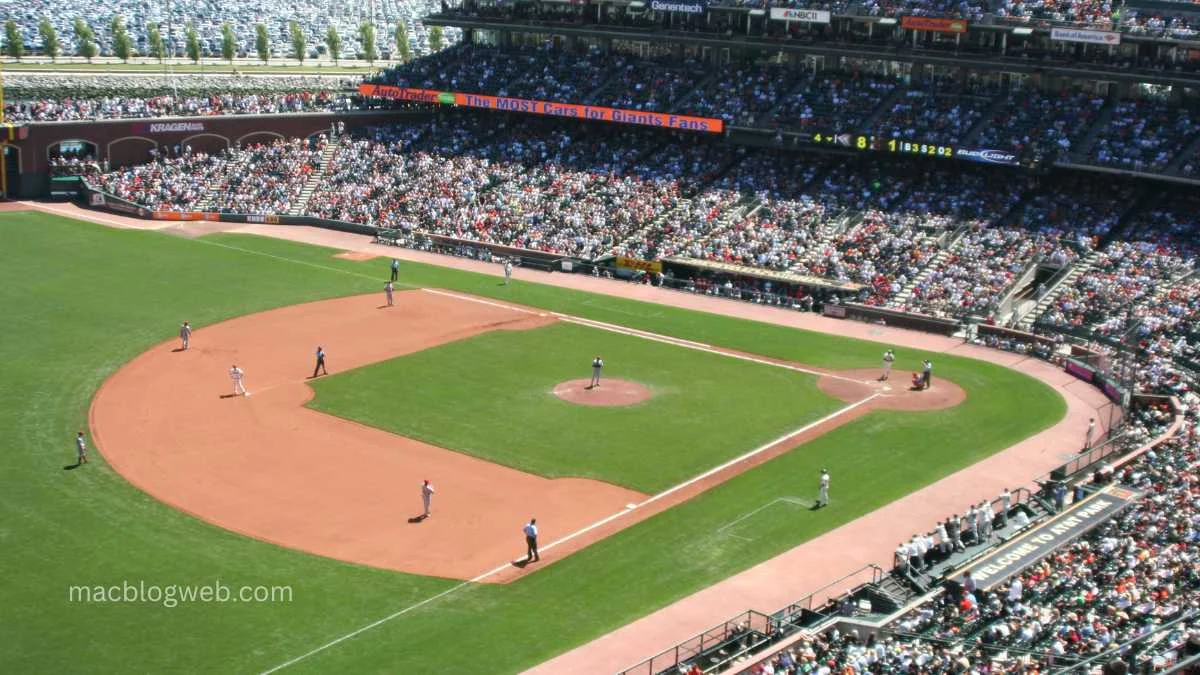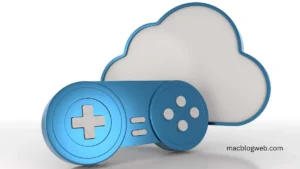Baseball, a game steeped in tradition and complex rules, has many unique terminologies and one such term is “live ball.” In the context of baseball, understanding what it means for the ball to be “live” is crucial for players, coaches, and fans alike. This article will delve into the nuances of when a baseball is considered live, what this entails for the gameplay, and the implications of the ball’s status on the strategies and outcomes of the game.
Definition and Basic Concept
A “live ball” in baseball refers to the state of the baseball from the time it is legally put into play until it becomes dead or out of play. The state of the ball being live is a fundamental aspect of baseball, as most actions that affect the outcome of the game occur during this time.
The Process of the Ball Becoming Live
The sequence leading to a ball becoming live involves several key participants: the pitcher, the batter, the catcher, and the umpire. Here is how the ball becomes live:
- Pitcher’s Position: The pitcher begins the sequence by standing on the pitcher’s mound, specifically on the rubber plate, with the baseball.
- Readiness of the Catcher and Batter: Both the catcher and the batter must be in their respective positions, ready for the pitch. The catcher crouches behind home plate in the catcher’s box, while the batter stands in the batter’s box.
- Umpire’s Signal: The umpire plays a crucial role by signaling the start of play. This usually happens with a verbal “Play” call or a hand signal, indicating that all is set for the pitcher to make the pitch.
Once these conditions are met, the pitcher can throw the ball towards home plate, marking the transition of the ball from a state of rest to a live ball.
Duration of a Live Ball
The ball remains live throughout various plays and scenarios until specific conditions render it dead. During its live state, the following actions can occur:
- Pitching: The pitcher throws the ball towards the batter.
- Batting: The batter attempts to hit the ball pitched towards them.
- Fielding: Defenders try to catch, stop, or retrieve the ball.
- Running: Batters and baserunners advance to different bases.
The ball continues to be live through all these actions, even during moments of apparent inactivity, such as when players reset their positions between pitches.
Transition to a Dead Ball
A live ball becomes dead in several situations, which include but are not limited to:
- Foul balls: Any ball hit that lands outside the field of fair play without being touched or passing first or third base in the air is considered foul and dead.
- Home run: When a ball is hit out of the park or into the stands on fair territory, it is immediately dead once it leaves play.
- Hit by pitch: If a pitch touches the batter before hitting the bat, the ball is dead, and the batter is awarded first base.
- Catchers’ interference: When the catcher interferes with the batter during a swing, the play is stopped, and the ball is dead.
- Time out or play suspension: Umpires can call time for various reasons, such as injury, a stray animal on the field, or other interruptions, leading to a dead ball.
Strategic Implications of a Live Ball
The state of the ball being live affects various strategies employed by both offense and defense:
- Stealing bases: Baserunners may attempt to advance to the next base while the ball is live. The risk of being tagged out versus the advantage of gaining an extra base is a key strategic decision.
- Defensive plays: Teams must be vigilant about maintaining control over the live ball, as any misfielding or errors can lead to runners advancing.
- Pitching strategies: Pitchers and catchers work to manage the pace and timing of the game, trying to control the batter’s ability to predict and hit the ball.
Conclusion
The concept of a live ball in baseball is fundamental to the flow and rules of the game. From the moment the umpire signals the commencement of play to when the ball becomes dead, numerous possibilities and strategies come into play. Mastery of understanding and manipulating the phases of the live ball is crucial for success in baseball, impacting every pitch, hit, catch, and run around the bases.
FAQs on the “Live Ball” in Baseball
- What does it mean when a baseball is “live”?
A baseball is “live” when it is legally in play, allowing all actions such as pitching, hitting, running, and fielding to occur. - How does a baseball become live?
A ball becomes live when the pitcher is on the mound, the batter and catcher are in position, and the umpire signals the start of play. - When does a live ball become dead?
A live ball becomes dead in situations like foul balls, home runs leaving the field, hit-by-pitch incidents, or when the umpire calls time out.








